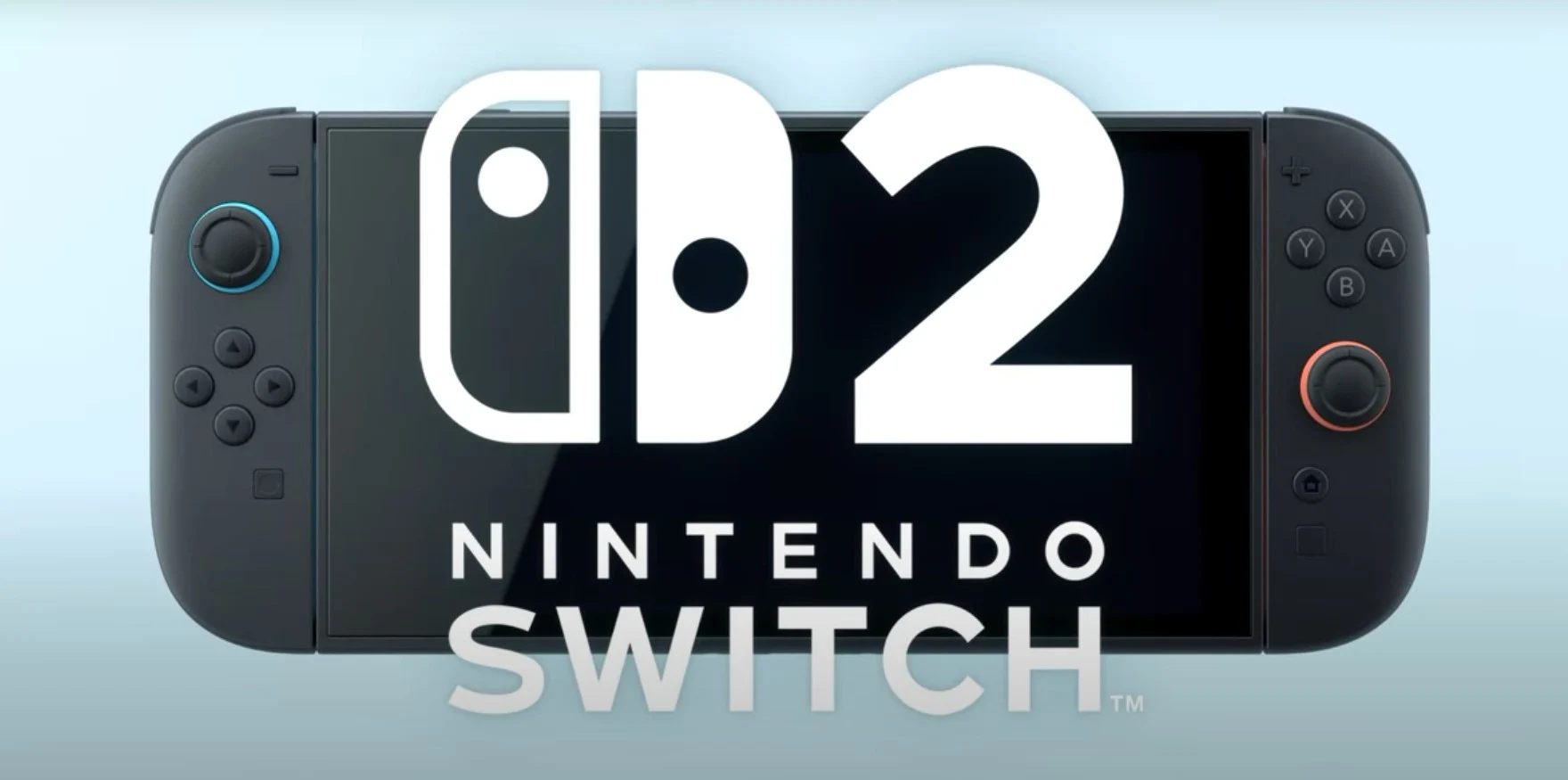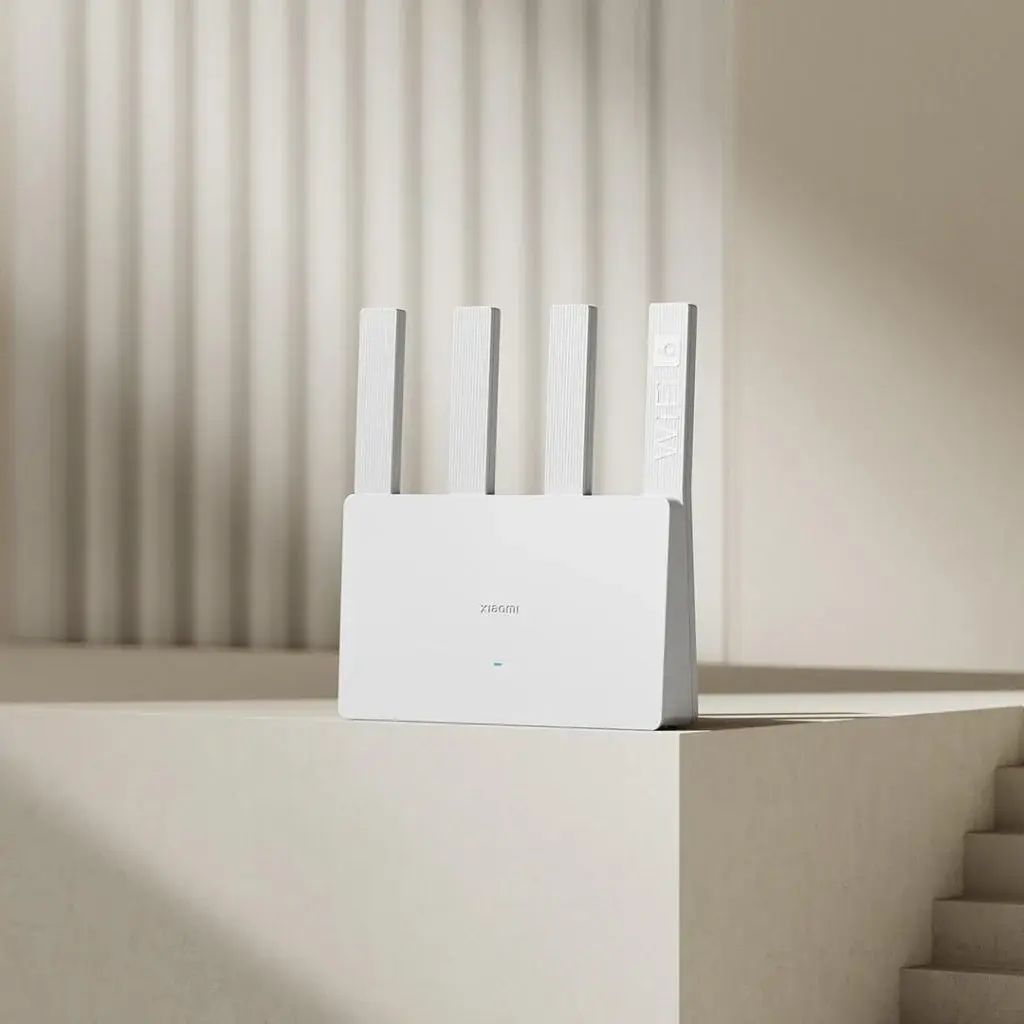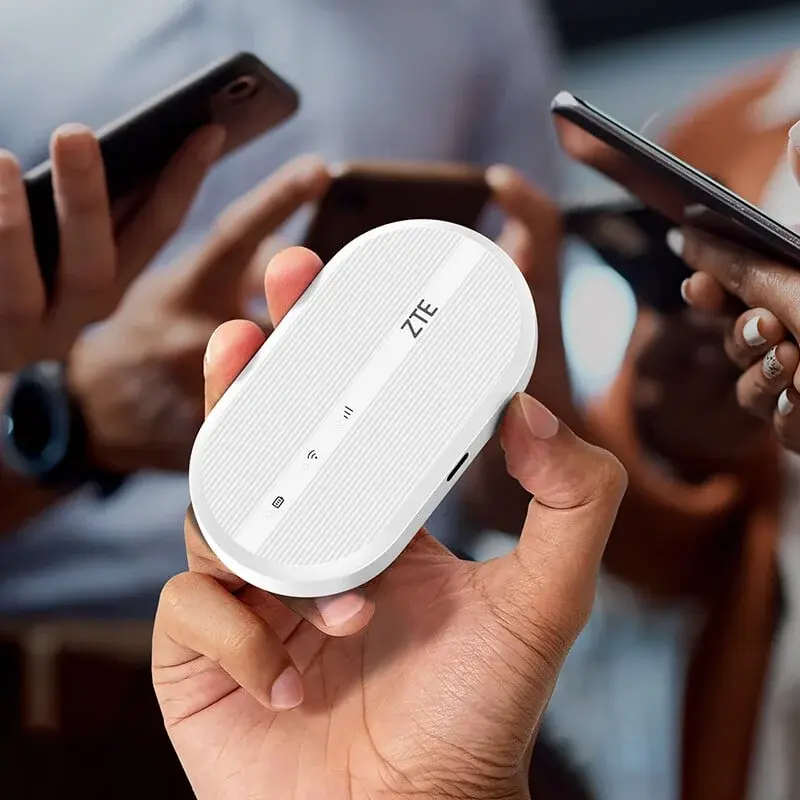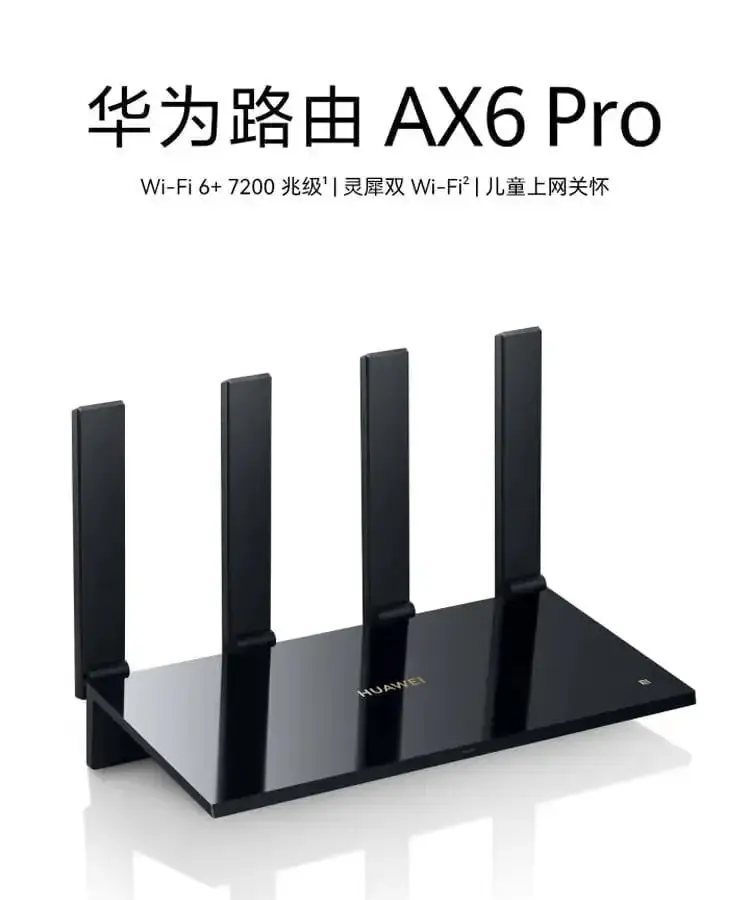Key Takeaways
1. The Nintendo Switch 2 is larger, heavier, and more powerful than the original Switch, with a focus on improved hardware and premium feel.
2. The new Joy-Con 2 controllers feature a “C” button for game chat and can easily detach to function as Bluetooth controllers.
3. The console offers better comfort and usability, with a solid stand, improved charging options, and easy data transfer from older Switch models.
4. The display has been upgraded to 7.9 inches with 1,080p resolution and 120 Hz frame rate, enhancing gaming visuals despite some critiques on contrast and HDR.
5. While the audio and performance have improved, the Wi-Fi module has limitations, requiring proximity to the router for optimal signal strength.
Anyone who placed a pre-order for the Nintendo Switch 2 is expected to receive their console today. Eight years after the debut of the original Nintendo Switch, the design hasn’t changed much; the Switch 2 is primarily bigger and more powerful. Nevertheless, Nintendo has made several modifications to the hardware.
Design and Build
At first sight, the Nintendo Switch 2 resembles a larger version of the original Switch – it stands at 18 millimeters tall and is the same thickness. However, when you pick it up, you can feel that it is significantly heavier. Weighing in at 535 grams, the Switch 2 is approximately a third heavier than its predecessor. Yet, when compared to rivals like the Steam Deck (669 grams) or the Lenovo Legion Go (854 grams), the Switch 2 remains quite light.
Features and Controllers
This is primarily due to the remarkably small 20 Wh battery, which we haven’t had the chance to examine extensively yet. Nintendo has made minimal changes to the positions of the vents, game cartridge slot, and power button. The layout of the Joy-Con buttons is nearly identical, except for the addition of a new “C” button for game chat. On the flip side, the Nintendo Switch 2 gives off a more premium vibe than the original, thanks in part to the matte finish of the plastic casing and the magnetic connection of the Joy-Con 2.
The controllers attach so securely to the console that one might mistakenly think they are part of the housing. By pressing a button on the back, the Joy-Con 2s can be easily detached and used as Bluetooth controllers. Nintendo continues to provide a grip for connecting both Joy-Con 2s to create a gamepad. Alternatively, each Joy-Con 2 serves as an individual controller, which is handy for playing a quick game of Mario Kart World with a friend while traveling.
Comfort and Usability
The larger size of the console and Joy-Con makes it notably more comfortable to hold, especially for an average adult male. However, those with smaller hands, like kids, might have a different experience. The new stand is solid—a big improvement over the flimsy plastic stand from the previous Switch. Additionally, a second USB-C port on the top allows for convenient charging while in use.
For those upgrading from an older Switch to the Nintendo Switch 2, user data can be transferred automatically, including saved games and screenshots. All you need to do is select the appropriate option during the setup of the new console, place both devices side by side, and connect them with a power cable. However, games will need to be redownloaded from the eShop.
User Interface and Display
At first glance, the user interface appears similar, but Nintendo has updated some UI components and animations. For instance, currently selected items are now highlighted with an animated gradient, lending a more modern touch to the system.
Two upgrades stand out while gaming. First, the display has significantly increased in size, now measuring 7.9 inches diagonally instead of 6.3 inches. Although some have criticized the screen for its low contrast ratio and lack of HDR peak brightness, it’s still a massive improvement over the LCD display of the original Nintendo Switch.
With enhancements ranging from more vibrant colors to deeper blacks and better viewing angles, Nintendo has improved nearly every crucial aspect of the display. The upgraded 1,080p resolution and faster 120 Hz frame rate are also quite noticeable, even if only a handful of games currently take advantage of the high frame rate.
Audio and Performance
Secondly, Nintendo has also enhanced the speakers, though the improvement isn’t as dramatic as the display upgrade. Overall, these advancements in display, audio, and ergonomics greatly enhance the gaming experience. Let’s hope that issues like those in Pokémon Scarlet and Violet are resolved with the console’s boosted performance; at least Mario Kart World played smoothly without any noticeable stutters during the initial hours.
However, an issue arose during the first few hours—specifically with the Wi-Fi module. The Nintendo Switch 2 supports the Wi-Fi 6 standard from 2021 on both the 2.4 GHz and 5 GHz bands. To achieve the full signal strength of three bars, the console needs to be less than three meters away from the router, with no walls or obstacles in between (tested with a Nest WiFi Pro).
In a more realistic situation, where the console is in a different room from the router, the connection remains stable at two bars, but the speed isn’t ideal. The approximately 22 GB download of Mario Kart World took 31 minutes in our testing, equating to a bandwidth of around 95 Mbps. Given that some games require over 50 GB of storage, a faster Wi-Fi module would have been preferable.
Source:
Link



















